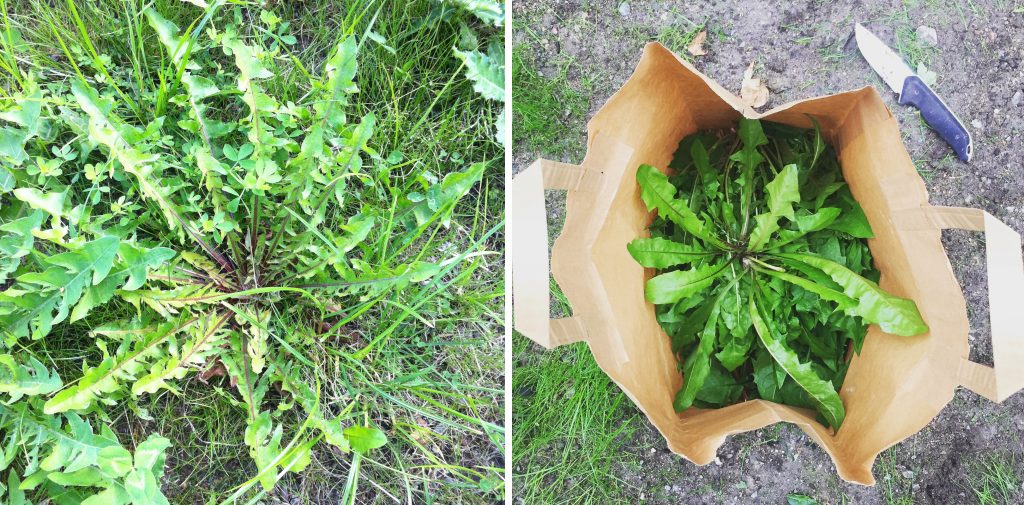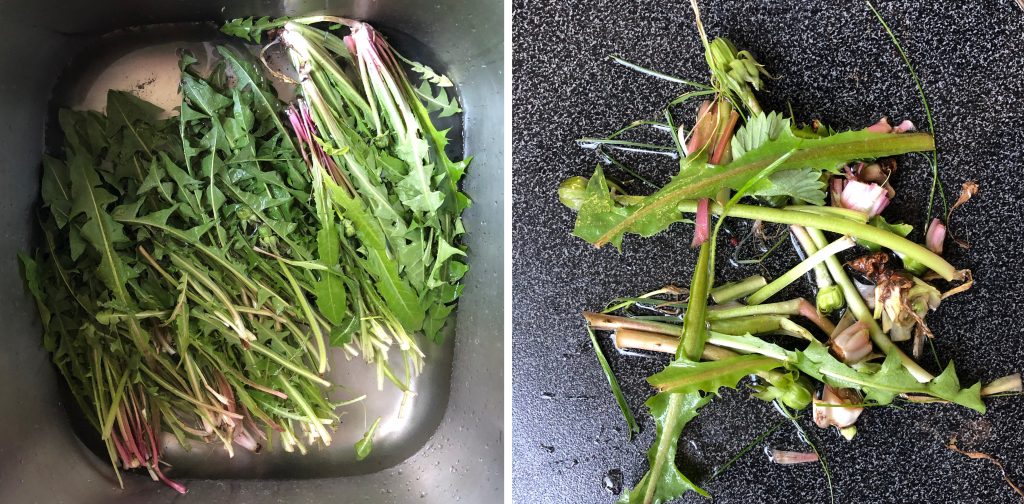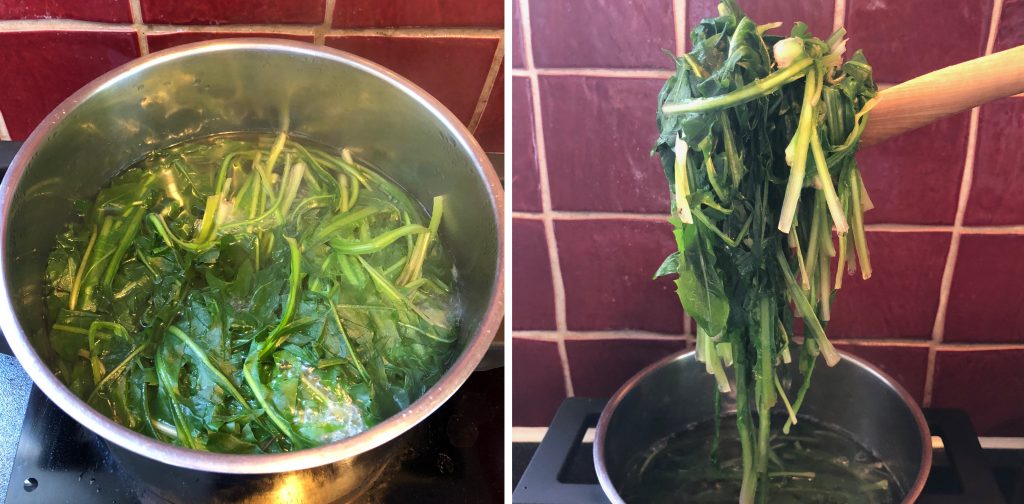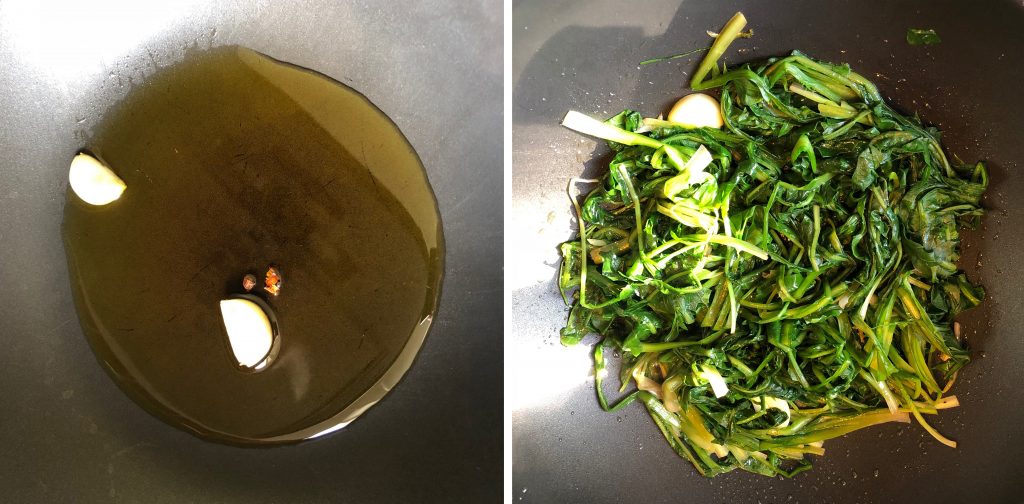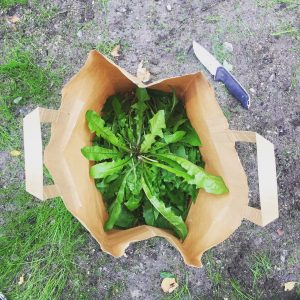 If you funny people, so much into healthy/fancy foods, knew about cicoria, you would go nuts and also definitely label it a superfood (whatever that means). In fact cicoria has it all: it’s rich in vitamin B1, B2, C, E, it has diuretic properties, it contains flavonoids and a bunch of essential fatty acids to keep you cholesterol down and help liver and kidneys to better do their work of cleaning the organism. I mean this herb should be a superstar!
If you funny people, so much into healthy/fancy foods, knew about cicoria, you would go nuts and also definitely label it a superfood (whatever that means). In fact cicoria has it all: it’s rich in vitamin B1, B2, C, E, it has diuretic properties, it contains flavonoids and a bunch of essential fatty acids to keep you cholesterol down and help liver and kidneys to better do their work of cleaning the organism. I mean this herb should be a superstar!
But what is cicoria? Well it’s vastly widespread in italian cuisine, and comes in a lot of variants. There’s the one that you can buy at the supermarket, sure, and than there are a number of wild species, things that look alike but are actually different plants, with different names from region to region, one of which you know for sure. As almost everything in the traditional italian cuisine, it started as a poor dish, and with time it ended up being a fancy delicacy.
When I moved to Sweden, I found out that every garden here is infested with cicoria. More precisely the variant taraxacum officinalis, or maskros in swedish, or dandelion in english. Yes, dandelion, who would have thought! Swedes (or anyone else I suppose) don’t know they can eat it, they think it’s just another annoying and infesting weed that comes every spring to waste their otherwise perfect lawns. So I’m trying to right this wrong, ok?
You can eat cicoria raw in a salad when it’s young and fresh in the beginning of spring. But after a while it becomes too bitter and needs cooking. So what you do is usually boil it for 3/5 minutes, and than sauté/fry it, and eat it as a side by itself, or use it in more elaborate dishes (with beans, as a kinda pesto, in a risotto etc.). But the difficult and time-consuming part here is the picking and the cleaning of the damn thing, so this recipe will include all steps.
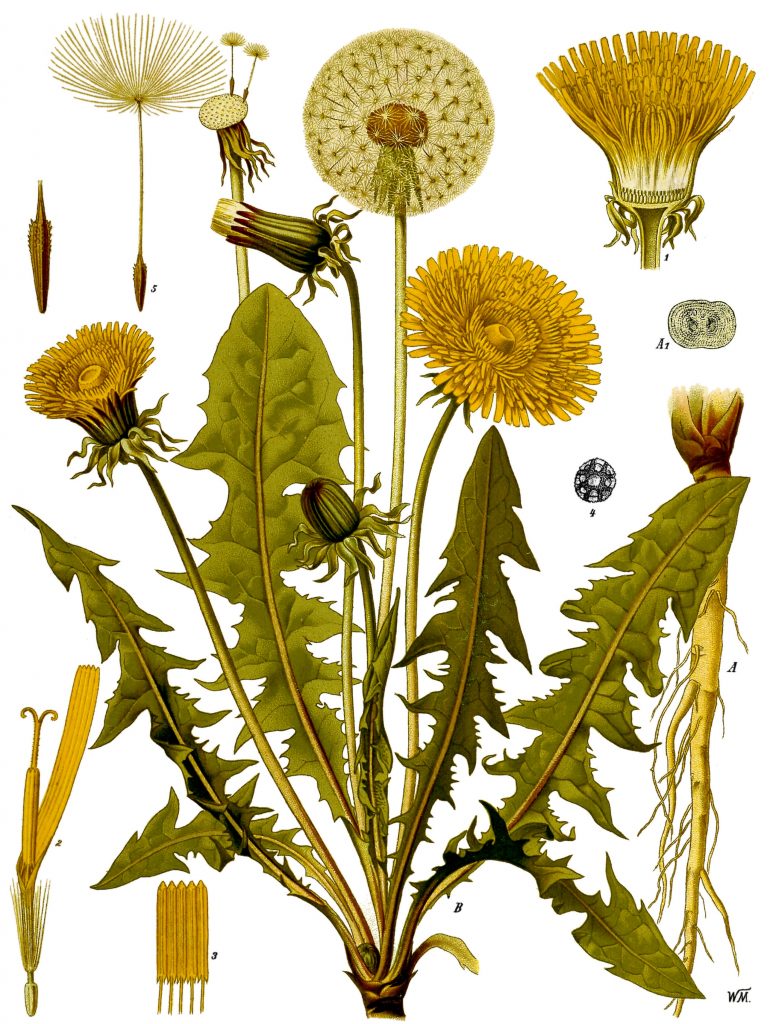 So we should first of all learn to recognize taraxacum, and that is quite simple as everybody knows dandelions yellow flowers and how they transform in soft little spheres of cottoncandy-like stuff that you can spread in the wind blowing on it. Exactly, that’s it. If you live in Italy though (or in North America, Australia and China apparently), you might even find the properly called cicoria –
So we should first of all learn to recognize taraxacum, and that is quite simple as everybody knows dandelions yellow flowers and how they transform in soft little spheres of cottoncandy-like stuff that you can spread in the wind blowing on it. Exactly, that’s it. If you live in Italy though (or in North America, Australia and China apparently), you might even find the properly called cicoria – 